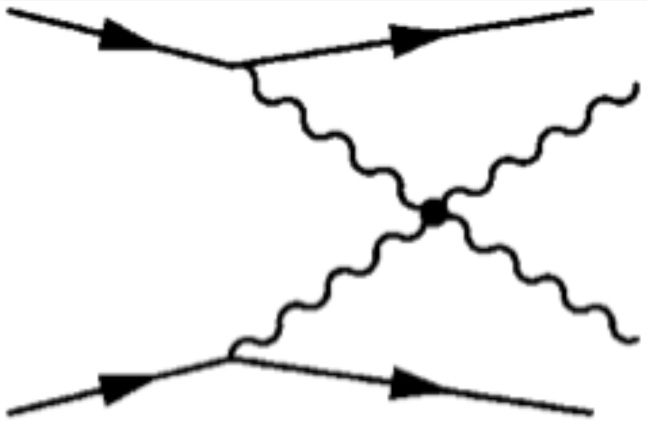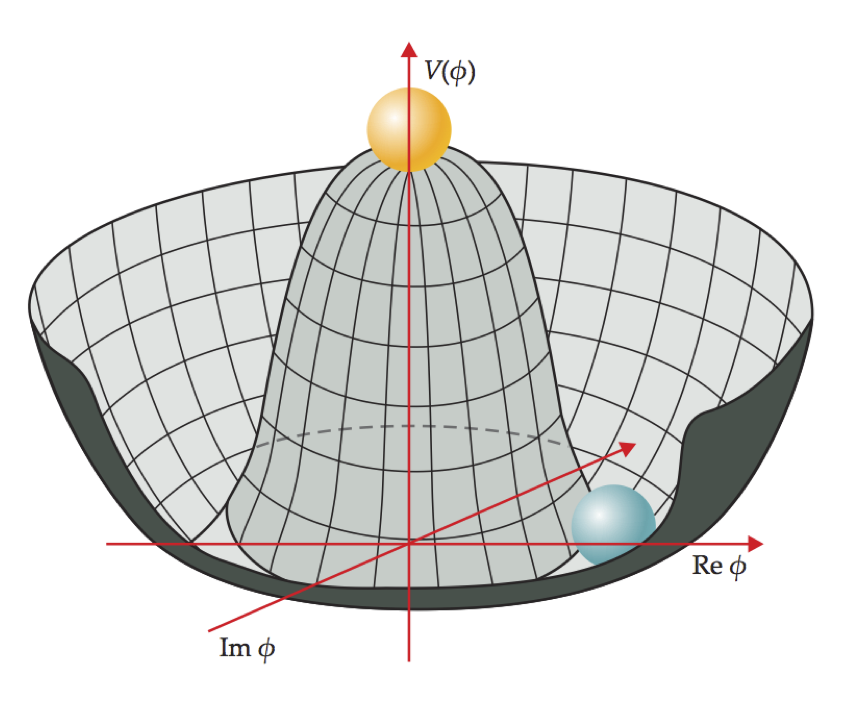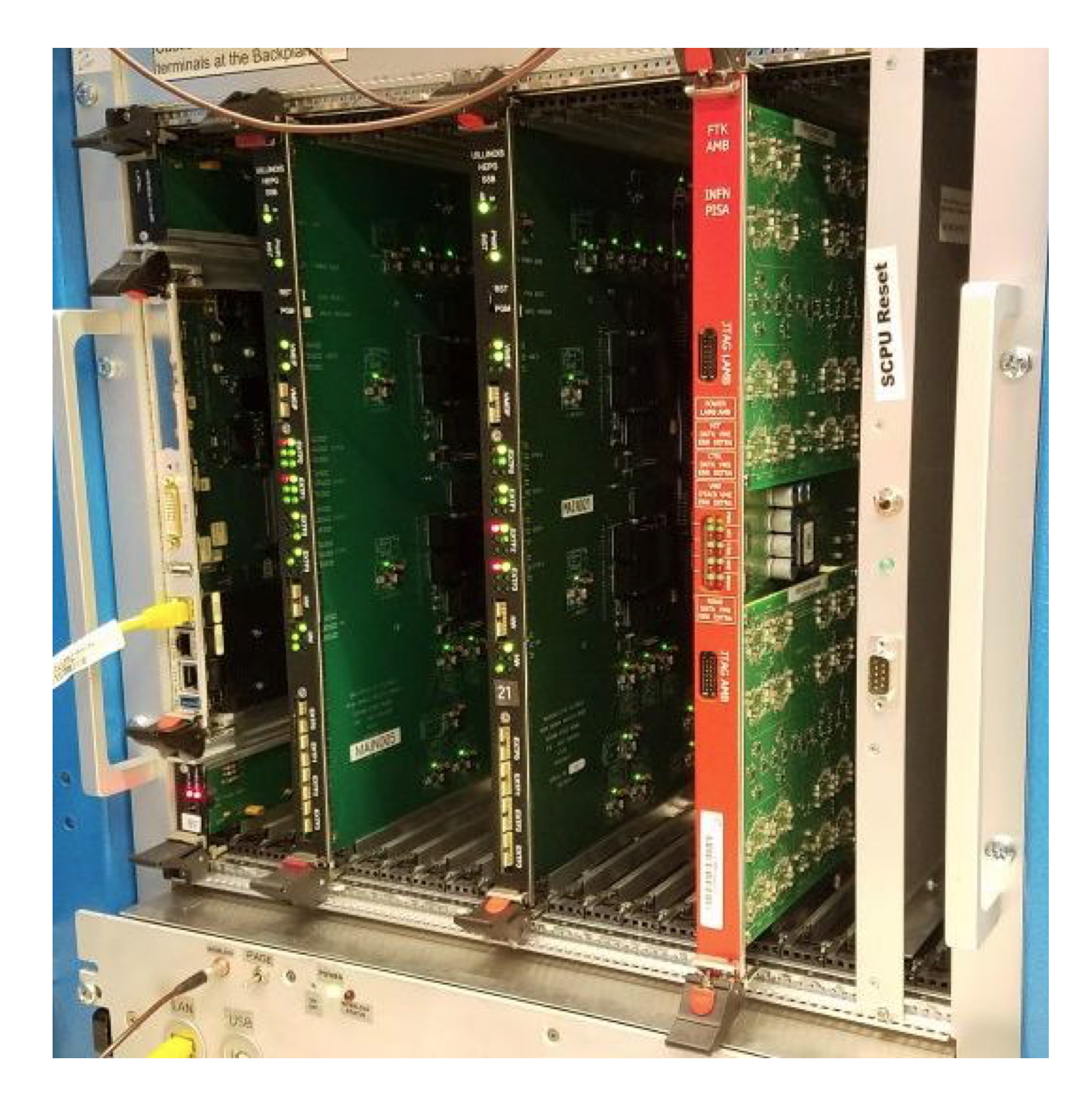Frontier Research in Particle Physics
Overview
Our overarching goal is to understand the Universe at its most fundamental level, including the constituents of matter and their interactions, and the nature of space and time itself. The quest to understand the fundamental building blocks of nature, and their interactions, is one of the most ambitious and enduring of human endeavors. Recent developments in particle physics and cosmology raise the exciting prospect that we are on the threshold of a major step forward in this understanding.
Our best theory of Nature – the standard model (SM) – is a quantum field theory based on a specific gauge symmetry group that describes the strong, electromagnetic and weak interactions among fundamental particles. Development of the SM is a triumph of 20th century physics, with the last piece of the puzzle put in place by the discovery of the Higgs boson in 2012. But even without including gravity, we know that the SM is incomplete. The SM does not include neutrino mass and mixing which we know from solar and atmospheric neutrino experiments to be a part of nature. Moreover, there are many open questions not answered by the SM, including: Why does nature express the symmetries embodied in the SM, and not other equally elegant symmetries?
- Why are there (only) three generations of basic building blocks of matter?
- Why are the masses of these building blocks so different from each other, both within a generation and between generations?
- What is the dark matter which pervades the Universe?
- Why is matter so dominant over antimatter in the Universe?
- Does space-time have additional symmetries or extend beyond the 3+1 dimensions of which we know?
- What mechanism stabilizes the Higgs mass from large quantum corrections at high energy?
- Are neutrinos their own anti-particles?
- Can gravity and quantum mechanics be described in a consistent theoretical framework?
Facilities such as the Large Hadron Collider (LHC), where our research is presently conducted, provides a unique window into the subatomic world where we are pursuing answers to some of these questions. The LHC is the world’s highest energy particle collider, accelerating and colliding bunches of 100 billion protons together with a center-of-mass energy of 14 trillion- electron-volts, creating conditions that existed only a tiny fraction of a second after the Big Bang.
Our research philosophy can be summed up by a quote traditionally attributed to Galileo (whether or not he actually said it is irrelevant):
Measure what is measurable, and make measurable what is not so
Less eloquently, we can elaborate on the two parts of the quote above: The LHC affords researchers many observables to thoroughly test the SM and search for physics beyond it, so we should fully-exploit the capabilities of such a magnificent machine. Additionally, new techniques and technologies are required to push beyond current capabilities to measure what is not currently measurable – critical elements for the vitality of our field.
We know that the SM is incomplete as it only describes 4% of the energy density of the Universe. The rest is composed of mysterious dark matter (23%), seen only through its gravitational influence, and even more mysterious dark energy (73%), which drives an accelerating expansion of the Universe. Neither dark matter nor dark energy have explanations within the SM. The key question is exactly where and how to look for new physics, making both measure what is measurable and make measurable what is not so all the more important.
Research Highlights
Our research highlights are summarized in the publications listed at Publications for which our group played an important or leading role.
Current Research
The thrust of current research is the search for new physics using ATLAS data. Emphasis is placed on novel use of the Higgs boson as a tool to search for new particles or interactions and development of fast tracking systems.
Search for New Physics in Heavy Diboson Production
The study of weak boson pair production as a sensitive means to search for new physics dates back to LEP and the Tevatron and was the primary research thrust of Neubauer as a postdoc on the CDF experiment. The increased collision energy and 2012 discovery of a Higgs boson h at the LHC bring new elements which dramatically extend the reach for new particles and interactions though the study of multi-boson production. Spin and couplings measurements are consistent with a SM Higgs boson with a mass of 125 GeV. A detailed understanding of the mechanism behind electroweak symmetry breaking (EWSB) is one of the primary goals of the LHC. While the Higgs boson discovery and measurements provide insight on EWSB, there is substantial room for new physics to which multi-boson production is sensitive.

Vector Boson Scattering. The scattering of two massive vector bosons V V→V V is particularly sensitive to EWSB physics. Without a SM Higgs boson, scattering among the longitudinal components of the vector bosons increases as a function of m(V V) and violates unitarity at the TeV energy scale. The discovered Higgs boson provides a plausible agent to unitarize this process. However, new physics models predict enhancements in VBS either from additional resonances or only partial unitarization of this amplitude by h. Our group is working to isolate electroweak W V jj production in the challenging and search for deviations from the SM such as new diboson resonances or anomalous quartic gauge couplings. We are using the semileptonic final state which is challenging but has advantages in terms of signal branching fraction and m(V V) resolution.

Search for Higgs boson pair production. Higgs bosons can be pair-produced in the SM via top loops or the h self-interaction. Observing the h → hh process and establishing the strength of the h trilinear self-coupling (λhhh) will be a definitive test of EWSB and one of the primary physics goals for the HL-LHC and beyond. Although σ(hh) is very small in the SM due to destructive interference between the box top-loop and h self-interaction diagrams and impossible to measure with current data, in SM extensions σ(hh) can be enhanced. Non-resonant hh production can be significantly enhanced by modifications to the top Yukawa coupling or λhhh, or other new couplings. Other theories predict heavy resonances decaying into hh, such as a new heavy spin-0 scalar in two-Higgs-doublet models and spin-2 Kaluza Klein (KK) excitations of the graviton G∗KK in the bulk Randall-Sundrum model. Our group is searching for hh production in the bbWW final state. We are also using machine learning approaches to boosted h → WW* identification in an attempt to improve the sensitivity of this an other new physics searches involving h → WW* decays.
Fast Tracking Electronics for Triggering
Our group is also developing fast electronics for highly-parallelized systems that track charged particles at the LHC. If one thinks of the ATLAS detector as a massively complex camera pointed at the collision region, these systems enable real-time analysis of the field-of-view to decide when to take the pictures (i.e. “trigger” the ATLAS detector). The capability to use tracking information in triggering is needed at the LHC due to the high rate of data generated in the detectors by the high-luminosity hadron collisions and improves the physics reach of the ATLAS experiment.

Fast Tracker and Hardware Track Trigger Systems. Selecting interesting physics events with high efficiency while suppress- ing backgrounds from high-rate QCD processes is a challenging but important problem. Performing high-quality track reconstruction over the full detector at the beginning of the HLT is key to addressing this problem. The computational load on HLT increases as the luminosity and pile-up increase, requiring more sophisticated algorithms for background suppression. Our group developing electronics and the required firmware for a new system called FastTracKer (FTK) to rapidly determine charged particle trajectories (tracks) using fast pattern recognition for use in ATLAS triggering. The FTK system consists of custom and commercial electronics using pre-computed hit patterns based on the ATLAS tracking detector layout to perform global reconstruction of tracks with pT > 1 GeV, at the full 100 kHz Level-1 trigger rate, with similar resolution as in offline tracking. We are also in the early stage of developing the processing firmware for a much larger system suitable for data taking during the high-luminosity LHC era. In order to accommodate the higher luminosity running without significantly increasing trigger thresholds with respect to the Run-I values, major upgrades to the trigger and DAQ systems are required.